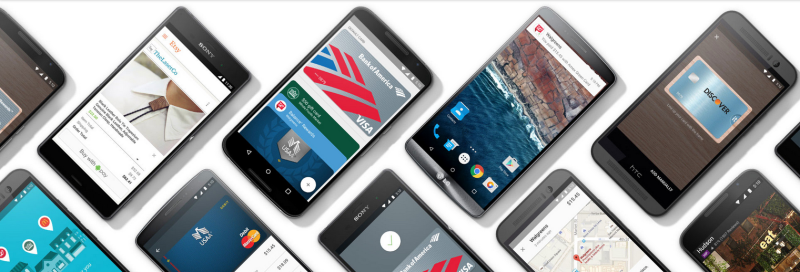Standing On Shoulders Of Apple Pay, Google’s Android Pay Officially Launches
- Fahad H

- Sep 11, 2015
- 2 min read

Google was first with Wallet. But it was blocked by frightened mobile carriers, and beyond that, it failed to capture the imagination of users. Apple’s later-arriving Apple Pay got the user experience right and helped educate the market, laying the groundwork for Google mobile payments take two: Android Pay works with all NFC-enabled Android devices (running KitKat 4.4+), on any mobile carrier, at every tap and pay ready location across the US. Android Pay will support credit and debit cards from the four major payment networks: American Express, Discover, MasterCard and Visa. These cards are issued by many of the most popular US banks and credit unions, including American Express, Bank of America, Discover, Navy Federal Credit Union, PNC, Regions Bank, USAA, and U.S. Bank. Citi and Wells Fargo will be available in the next few days, Capital One is coming soon, and we’re adding new banks all the time.
Google Wallet survives but has become a peer-to-peer payments tool and may fade into obscurity over time (TBD). But Android Pay will succeed as both an online/in-app and offline payments tool. Android Pay will work with all Android devices that contain an NFC chip (the newer ones) and run Android 4.4 or higher:
Android Pay works with all NFC-enabled Android devices (running KitKat 4.4+), on any mobile carrier, at every tap-and-pay-ready location across the US. Android Pay will support credit and debit cards from the four major payment networks: American Express, Discover, MasterCard and Visa.
While only a minority of users have adopted Apple Pay — estimates range from half a million to several million in the US — I use it every single time I can, in every store I can. My “conversion” to mobile payments leads me to believe that over time we’ll see significant mobile payments momentum for offline purchases. In the near term, in-app payments (e.g., Uber) may be where most of the action is.
Apple Pay and Android Pay eliminate the friction that comes with trying to execute a conventional credit card transaction in a mobile commerce context. Unless there’s a stored credit card on file, the challenge of filling out multiple tiny fields, including plugging in 16-digit credit card numbers, becomes a non-starter, leading to extreme abandonment rates. One estimate put mobile shopping cart abandonment at a shocking 97 percent.
Many bloggers and others will want to compare and talk about Apple Pay vs. Android Pay. That entirely misses the point. The larger point is that together, these systems (and to a much lesser degree, Samsung Pay) will make mobile and in-app payments a new payments standard over time.








Comments